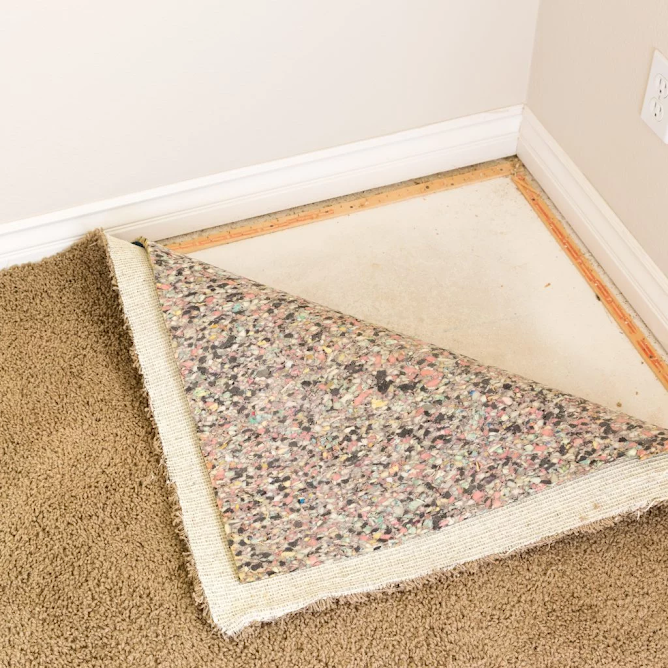How to Preserve the Elegance of Your Mosque Carpet: Maintenance Tips and Tricks
Mosque Carpet are not just functional elements that cover the floors of prayer spaces; they are intricate pieces of art that hold cultural and religious significance. The tradition of using carpets in mosques dates back centuries and has evolved into a unique form of artistic expression.
Designs and vibrant colors
The intricate designs and vibrant colors of mosque carpets are not arbitrary; they often carry deep symbolism. Geometric patterns, floral motifs, and Arabic calligraphy are commonly featured in mosque carpet designs. These elements serve to create a sacred and harmonious atmosphere within the prayer space, enhancing the overall spiritual experience.
Carpets in mosques
One of the key reasons behind the use of carpets in mosques is their role in providing comfort during prayers. Kneeling and prostrating on a soft and cushioned surface is more comfortable for worshippers, especially during long prayer sessions. The use of carpets also adds an element of cleanliness, as they help to keep the prayer area free from dust and dirt.
Mosque carpets are also significant
Beyond their practical purposes, mosque carpets are also significant for their cultural and regional diversity. Different regions have distinct carpet-making traditions, and the designs often reflect the local artistic influences. Persian carpets, for example, are renowned for their intricate floral patterns and rich color palettes, while Turkish carpets may feature geometric designs and bold, contrasting colors.
Islamic architectural tradition
In addition to their aesthetic and cultural value, mosque carpets are also considered an essential part of the Islamic architectural tradition. The use of carpets in mosques is deeply rooted in the historical development of Islamic art and architecture. The blend of functionality and artistry in mosque carpets exemplifies the Islamic principle of beauty in everyday life.
Conclusion
Mosque Carpet are not just floor coverings; they are symbolic expressions of art, culture, and spirituality. The intricate designs, vibrant colors, and diverse cultural influences make them a crucial element of Islamic architecture. The next time you enter a mosque, take a moment to appreciate the beauty beneath your feet – a tapestry that connects worshippers to centuries of tradition and artistic expression.




Comments
Post a Comment